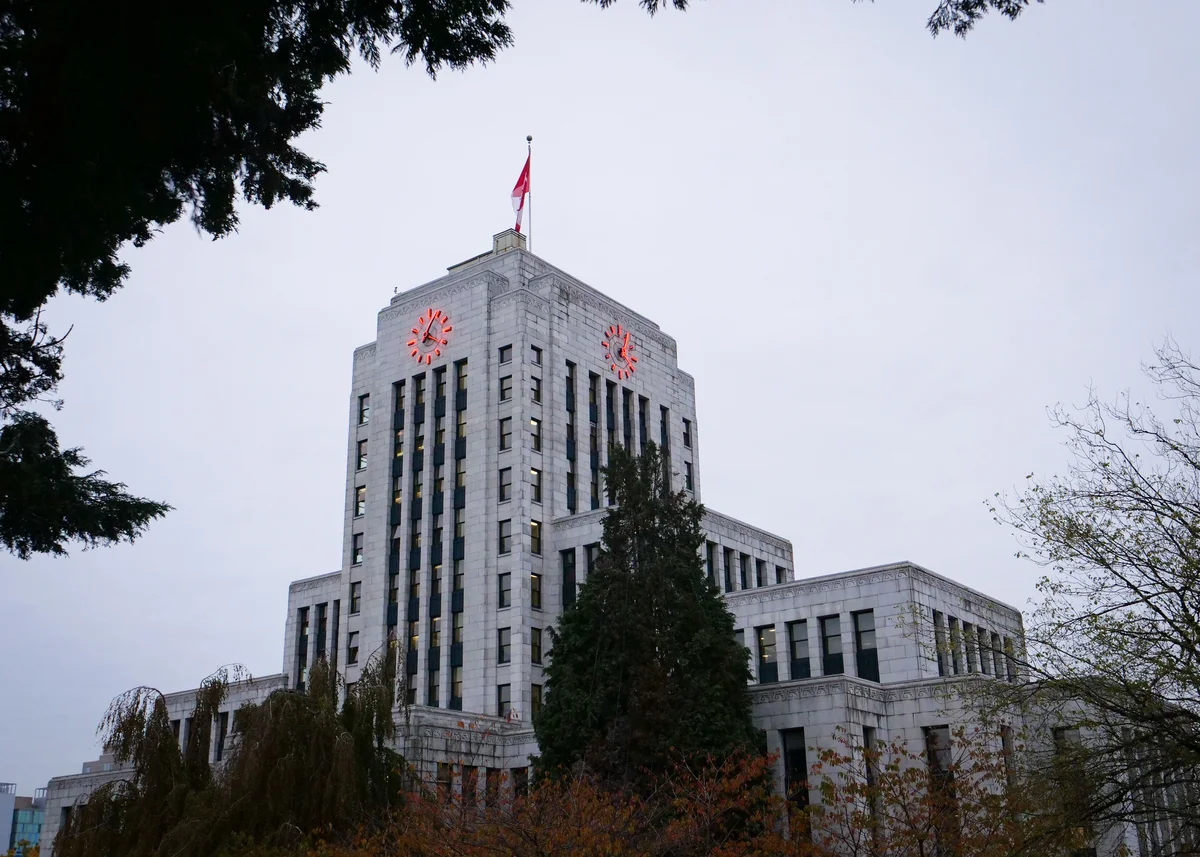
The City of Vancouver has released a new tool to quicken permitting times for laneway houses, with the hope of addressing housing supply gaps.
The Project Requirements Exploration Tool (PRET) explains the process for applying to build laneway housing, including assessing whether the site is eligible, what permits are required, and estimated timelines and costs.
The tool is designed for single-family residential lot owners who want to develop a secondary rental suite. It is part of a broader plan to speed up permit approvals for housing projects across the city.
The city has outlined several actions it has completed or is working toward under its Housing Vancouver strategy, a three-year plan which aims to reduce land speculation, increase renter support and loosen zoning restrictions.
Laneway houses are detached homes that face onto alleyways behind houses. These houses increase the number of rental units in low density neighbourhoods. More than 5,000 laneway houses now exist across Vancouver, although they are disproportionately located on the city's east side.
“Laneway homes are one component of the City’s strategy to increase housing options for residents,” the City of Vancouver said in a statement to The Ubyssey. “They can be attractive to … individuals seeking affordable housing options.”
A 2018 survey of laneway house occupants found that average rent paid by laneway house tenants was between $1,500 and $2,000 for 38 per cent of respondents, and greater than $2,000 for 16 per cent. Seventy-seven per cent of of respondents reported being part of one or two person households.
“Streamlining the process [of permit application] is great news,” said Kareem Hassib, a second-year urban studies student and a senator on the UBC Vancouver Senate and governor on the UBC Board of Governors. “It’s incredibly difficult to get everything right … and that’s part of the reason it takes so long to build [in Vancouver].”
In 2023 so far, 96 building permits have been issued for laneway homes in Vancouver with a median wait time of 272.5 days.
“I think it is important to point out that this is ultimately a band-aid solution for the time being,” Hassib said, “What the city needs to do more of is build upwards.”
“This can mean things like building more townhouses, building more row houses and building more multiplexes, all of which add significant amounts to the supply in the housing market.”
The City recently voted unanimously to allow up to six strata units, or eight for larger properties, in neighbourhoods that have previously been exclusively reserved for single family homes.
“While laneway houses are a valuable addition, it’s essential to emphasize that they are just one component of our comprehensive strategy,” wrote the City.
The city is working to “provide diverse housing options for students and all residents.” It currently does not have a specific plan to address student-specific housing crisis.
UBC students in Vancouver are facing a rental market with a vacancy rate of less than 1 per cent, with average monthly rents for one-bedroom apartments at nearly $3,000 and 2022 on-campus housing waitlists peaking at over 8,000 names.
Outside of the city’s efforts to improve housing, Hassib would like to see more action from the provincial government to build alternative housing, like co-ops, that students can afford, as well as greater financial support for post-secondary institutions to build on-campus residences.
“Students are increasingly facing financial pressures from rising inflation rates,” said Hassib.
“Something that the government needs to do is invest in more non-market housing solutions, and to give more money to post secondary institutions to build more student accommodation.”

